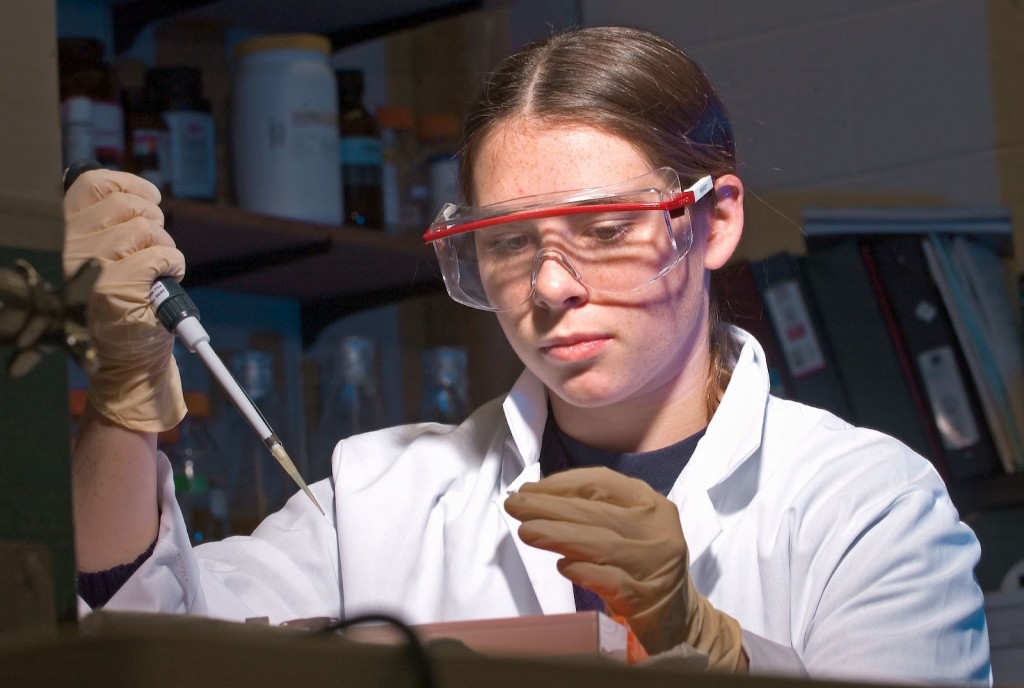Technology is changing the way we make and display art
By Ava Cotlowitz
For Gladwyn Elementary School Kindergarteners, art class is a highly anticipated activity. Students aged five and six rush into the brightly lit classroom and take their seats around square tables fit for five. As the chatter of children elevates, Gladwyn art teacher Rebecca Wolfe returns from a nearby pantry with stacks of flat, black, iPads.
“Once you have your iPad in front of you, please turn it on and go directly to the Brushes application,” said Wolfe.
All around the room, miniature fingers elegantly swiped, poked, and prodded the angular tablets that lay flat on their tables like paper.
“Today you are going to be painting a scene that you experience in the winter,” Wolfe said, “Remember that once you are
finished please raise your hand and we will go print out your picture.”
At once, a frenzy of motion swept over the room as fingers, hands, and fingertips moved rapidly about the iPads’ surfaces.
With an instantaneous tap of the screen, any student’s drawing tool, color, or erasure could be substituted.
Kasey, 5 sat quietly among his table of four classmates, concentrating on his current creation. Using the tip of his pinky finger, Kasey speckled his digital canvas with a multitude of blue dots.
“I’m making snow, and that’s me in the snow, and that’s a snowman,” Kasey said, pointing to the different elements of his painting.
When asked what his favorite thing about making art on the iPad was, Kasey said,
“I like that I can fix when I mess up and I like all the colors – there’s so may to choose!”
Of course, Kasey isn’t the only artist to share this sentiment.
British pop-artist David Hockney, 75, also uses Apple iPad’s Brushes application to create touch screen masterpieces.
Hockney’s iPaintings were even the subject of his 2011 art exhibition ‘‘David Hockney: Fleurs Fraîches’,” featured on gallery walls lined with iPads and iPhones.
“It took me awhile to realize it’s quite a serious tool you can use,” Hockney said, according to The New York Times, “It’s like an endless piece of paper that perfectly fitted the feeling I had that painting should be big.”
Within this age of technology, the digitized world has undoubtedly informed and altered the classical modes of art making. The traditional platforms of canvas and paper can now be substituted for Adobe Photoshop and Apple’s Brushes Application.
And the concept of fine art as high art, unattainable by the regular folks, has been usurped by democratizing online art databases and art sharing sites like Flickr, Instagram, Art.sy, and QR Codes.
Now, fine art is not just an experience reserved for the museum or gallery, but is one that is only one click away.
Flickr is the most straightforward platform for exhibiting and sharing art online: upload artwork, leave and receive comments. According to Yahoo, since it started up in 2004, Flickr had a total of 51 million registered members and 80 million unique visitors in 2011.
Its users benefit from the digital gallery-friendly template by uploading artwork onto their photostream and categorizing their art into sets or collections, similar to a chronicle of exhibitions.









